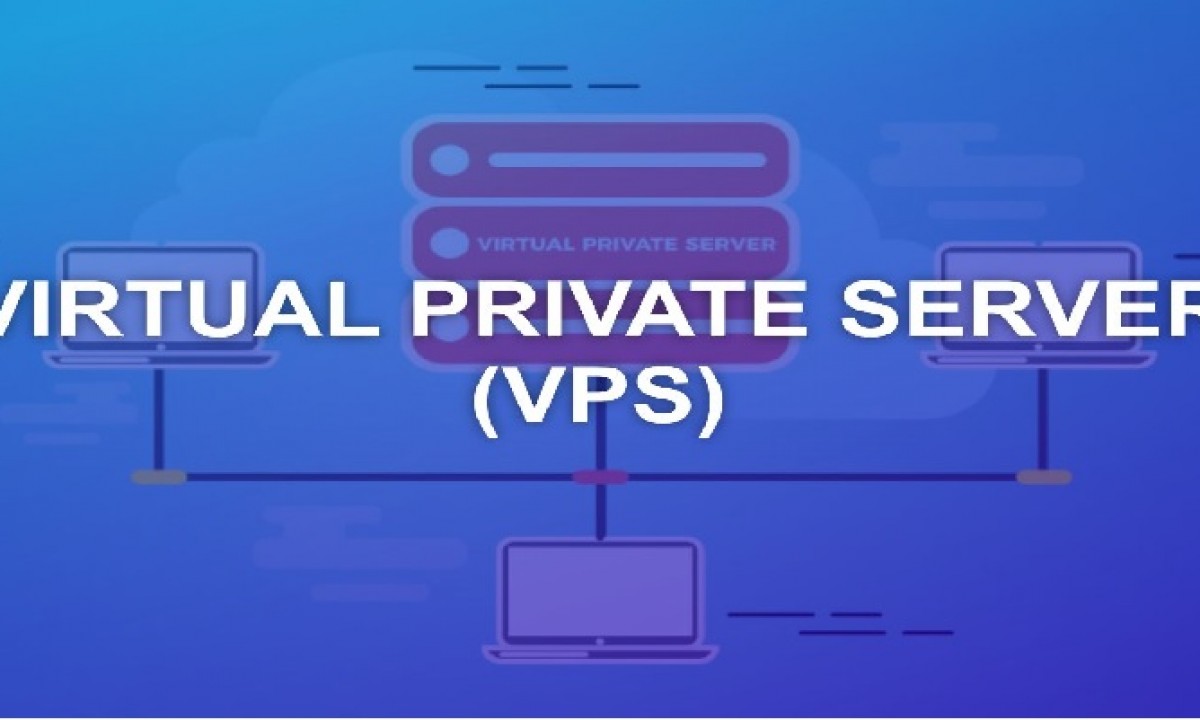Virtual Private Servers (VPS) have become a popular choice for hosting websites and applications due to their flexibility and control. However, like any technology, VPS hosting may encounter issues that can impact the performance and accessibility of your website. In this guide, we will explore common VPS hosting issues and provide troubleshooting steps to ensure your server runs smoothly.
1. Slow Website Performance
Possible Causes:
- Insufficient Resources: If your VPS lacks the necessary CPU, RAM, or disk space, it can lead to sluggish website performance.
- High Traffic: Increased website traffic beyond the server’s capacity can slow down response times.
Troubleshooting Steps:
- Resource Upgrade: Consider upgrading your VPS plan to allocate more resources.
- Caching: Implement server-side caching and leverage Content Delivery Networks (CDN) to reduce the load on the server.
- Optimize Images: Compress and optimize images to reduce page load times.
2. Website Downtime
Possible Causes:
- Server Outages: Unplanned server outages or maintenance can result in website downtime.
- Software Issues: Bugs or glitches in server software can lead to crashes.
Troubleshooting Steps:
- Check Server Status: Contact your hosting provider to confirm if there are ongoing server issues.
- Review Error Logs: Examine server logs for error messages and address any identified issues promptly.
- Regular Updates: Ensure server software, applications, and plugins are up-to-date to prevent software-related problems.
3. Connectivity Issues
Possible Causes:
- Network Problems: Issues with the network infrastructure or connectivity can lead to connection problems.
- Firewall Restrictions: Overly restrictive firewall settings can block legitimate connections.
Troubleshooting Steps:
- Network Diagnosis: Use network diagnostic tools to identify and resolve connectivity issues.
- Firewall Configuration: Review firewall settings and ensure they allow necessary traffic.
- ISP Assistance: Contact your Internet Service Provider (ISP) if the issue persists.
4. Security Concerns
Possible Causes:
- Malware or Hacking: Security breaches can compromise server integrity.
- Weak Passwords: Inadequate password strength may make it easier for unauthorized access.
Troubleshooting Steps:
- Security Audits: Conduct regular security audits to identify vulnerabilities.
- Malware Scans: Use security tools to scan for malware and remove any identified threats.
- Password Policies: Enforce strong password policies for server access.
5. Resource Exhaustion
Possible Causes:
- Misconfigured Applications: Poorly configured applications may consume excessive resources.
- Traffic Surges: Sudden spikes in traffic can lead to resource exhaustion.
Troubleshooting Steps:
- Application Review: Review and optimize the configurations of applications running on the server.
- Resource Monitoring: Implement resource monitoring tools to identify and address resource-intensive processes.
- Load Balancing: Consider load balancing to distribute traffic efficiently across multiple servers.
6. Email Delivery Issues
Possible Causes:
- Mail Server Configuration: Misconfigured mail server settings can result in email delivery problems.
- Blacklisting: If the server’s IP is blacklisted, emails may be marked as spam.
Troubleshooting Steps:
- Check Mail Server Settings: Ensure that mail server settings are configured correctly.
- IP Blacklist Check: Use online tools to check if your server’s IP is blacklisted and take steps to delist if necessary.
- SPF and DKIM Records: Set up Sender Policy Framework (SPF) and DomainKeys Identified Mail (DKIM) records for email authentication.
7. Inconsistent Backups
Possible Causes:
- Backup Configuration Errors: Incorrect backup settings can lead to inconsistent or failed backups.
- Insufficient Storage: If there is not enough storage for backups, the process may fail.
Troubleshooting Steps:
- Backup Configuration Review: Verify backup configurations and ensure they align with your requirements.
- Storage Assessment: Check available storage space and allocate sufficient resources for backups.
- Regular Backup Testing: Periodically test backup restoration to confirm their integrity and completeness.
Conclusion
Troubleshooting common VPS hosting issues is crucial to maintaining a reliable and secure online presence. Regular monitoring, timely updates, and a proactive approach to addressing potential problems are essential for ensuring optimal performance and minimizing disruptions. By implementing the troubleshooting steps outlined above, you can address issues promptly and enhance the overall stability of your VPS hosting environment

